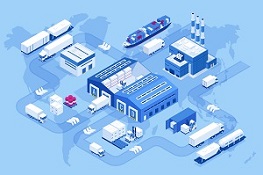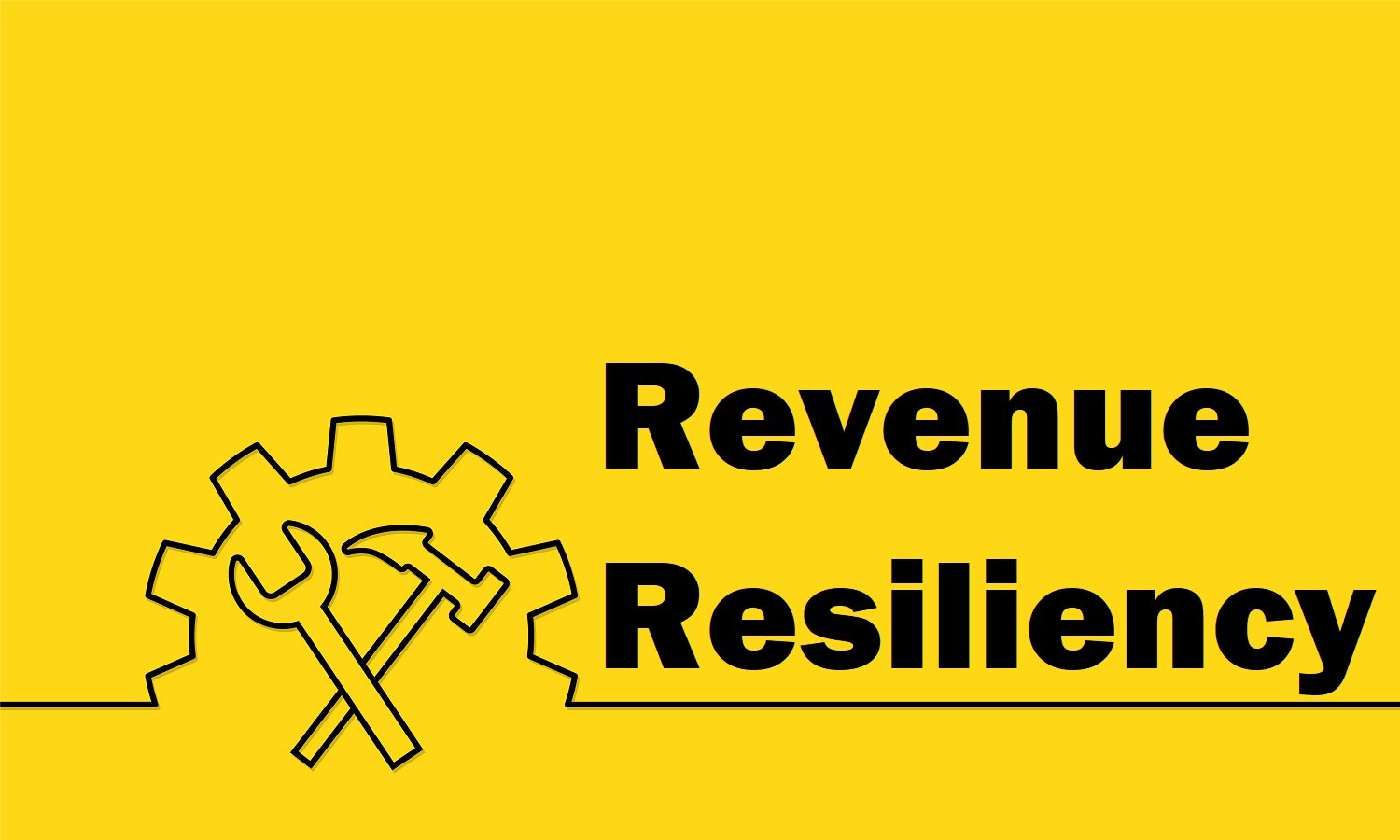Thank you for joining us for this informative Q&A. Today we are discussing how B2B sales has changed over the years, and how it hasn’t!
In this interview Elizabeth Harris, a CRO (Chief Revenue Officer) with more than 20 years of B2B leadership experience, will share with us how the industry is shifting as well as what has remained foundationally the same in B2B sales and marketing. Her insights will help you to understand what that means for the future as well as your revenue strategy today. Let’s get started!








